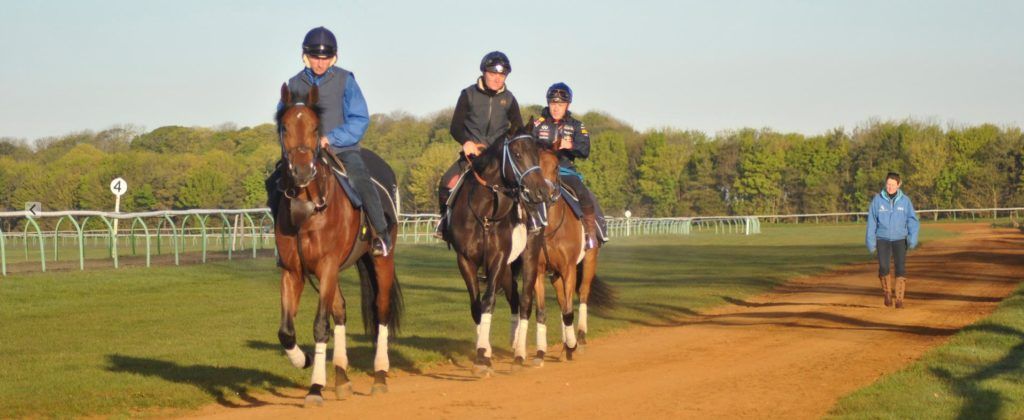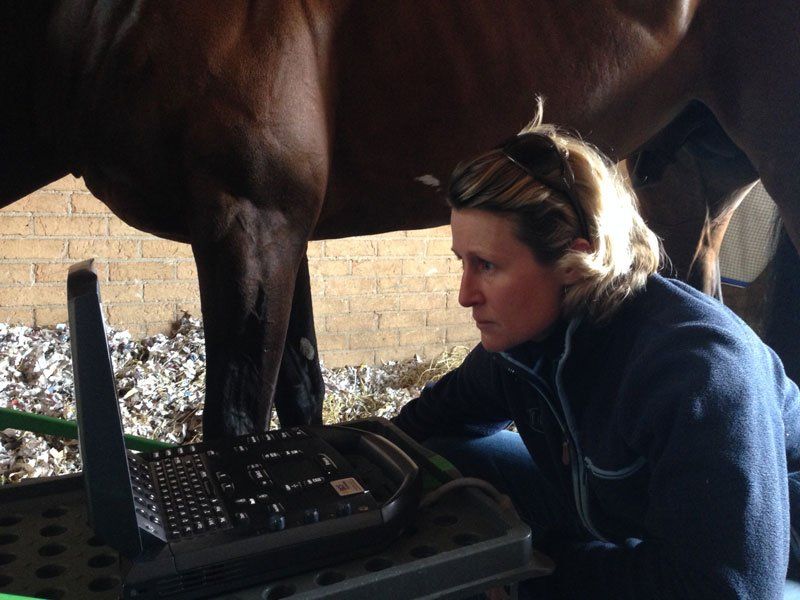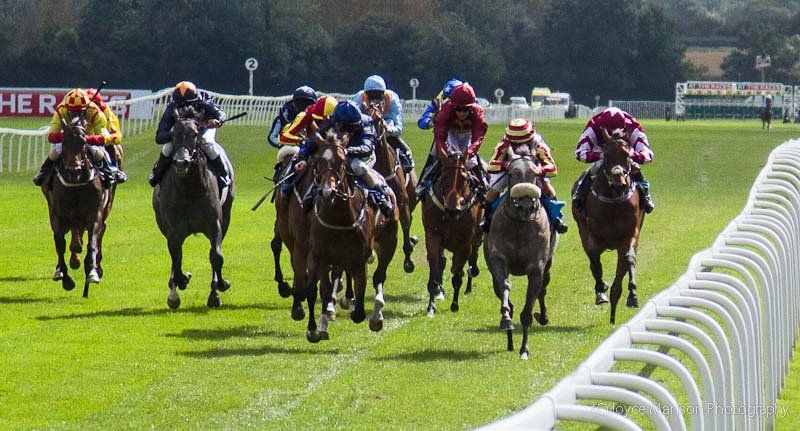A Purposeful Walk

Do you ever people watch and notice the different ways people walk? If you do, you’ll see that walks can vary hugely between people…how they move their arms, if they’re one-sided, or how much up and down motion there is! Us equine professionals may be more guilty of this than most – after all, we’re used to assessing gaits for soundness and so on.
In a gait where there are so many variations in movement, one thing I always look for, in both humans and horses – is a purposeful walk. I believe it conveys a lot about the individual and so here are my thoughts on a purposeful walk in humans and horses…
Humans
There is one situation where a purposeful walk is a great indicator to me – conducting job interviews.
As an employer, one of the main characteristics I’m looking for is enthusiasm. So much can be taught, but attitude and enthusiasm have to be there already. When a candidate walks into the yard, they should be seeking to make a good first impression and having a purposeful walk is one thing that can make an immediate difference to the candidate’s body language and how they come across.
There’s no disputing that working in a racing yard is hard work and so you’ve got to have enthusiasm. If a candidate can’t muster that in a basic walk, at the point at which they’re trying to impress at interview – I’d be surprised to see any purpose or enthusiasm when they’re mucking out! There’s much to gain from a life in racing, it’s interesting, varied, exciting and there’s always plenty to learn. The prospect of landing a job in your chosen industry really should put a little bit of a spring in your step. I can understand nerves are a hindrance to many aspects of interview technique and I make allowances for that, but I do not believe nerves give you a lacklustre walk!
So, give me a purposeful walk and you’re halfway to the job. I need workers who see work as an opportunity, those who want to take work on, people I can delegate to confidently, who’ve got a sense of urgency about getting things done. I’m looking for people who show initiative and work well with the team. You don’t need to know everything, but you do need enthusiasm, a good attitude and to be willing to learn.
Horses
To some extent horses can be easier to read than humans! We’re well used to observing and making our own minds up in regards to how fit and well they might be feeling. You can use your instinct a lot more clearly with horses, whereas humans can alter your first impression or perspective with words!
In horses, the walk is very important. I believe an active purposeful walk demonstrates that the horse has the attitude to take things on and will ultimately be more enthusiastic about their day-to-day work. I usually assess the walk at three distinct stages where it’s of particular importance – purchase, training and at the racecourse.
When purchasing at the sales, the way the horse walks is one of the key factors for consideration and assessment. Large sums of money are invested and so assessing the walk properly is critical. Fortunately, a walk can tell you a great deal and is a very good indication of the way the horse will move in the other gaits. As a vet, I have an advanced awareness of gait analysis and personally, I look at the way the horse uses himself, his natural biomechanics, for fluidity of movement, good use of the back muscles and the hind legs coming through underneath with properly engaged hindquarters. Just some of the observations I make are – the natural nodding of the head, the carriage of the head, the swing through the body, the length of the stride (particularly the back feet), the range of movement in the shoulder, how level the hips are, muscle tone and development and the tightness of the muscles; and again I like the horse to look like he’s walking with some purpose.
I like to leave no stone unturned and for me, a purposeful walk is part of the day-to-day training of the horse. It’s part of the daily exercise routine and I assess the walk whenever possible. By this, I don’t mean just putting them on the horse-walker I mean using the walk to and from the gallops as part of the training. I like to see the horses with a strong, fluid, purposeful walk, with some urgency yet moving in a relaxed way. They need to be actively walking on, with engaged hindquarters and stretching the head down and using the back muscles properly. To train winners, you need horses that want to go forward, that want to take the work on, and a good marching purposeful walk in training reflects a good attitude to work in the horse.
Once at the racecourse – I make a brief assessment of whether the horse travelled well and how he’s feeling. In the parade ring, you obviously get a clear indication as to how on their toes they are and I’d be very surprised to see a horse that doesn’t have a purposeful walk with all the added excitement of the racecourse.
So, a purposeful walk is the main thing I look out for in horses and humans – and there’s a big tip for anyone interviewing with me! Like Bill O’Gorman says “this is not a rehearsal!”
I’m heading to the Guineas Breeze Up & Horses in Training Sale later this week on 3rd and 4th May. If you’re thinking of purchasing a horse and require any assistance from either a Trainer or Veterinarian perspective I’d be happy to assist you .





